Rubinstein-Taybi Syndrome: spectrum of CREBBP mutations in Italian patients, BMC Medical Genetics
Por um escritor misterioso
Last updated 05 julho 2024
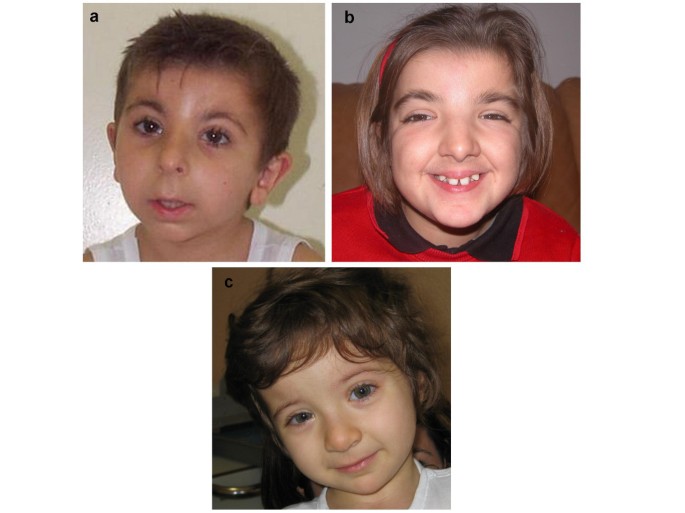
Background Rubinstein-Taybi Syndrome (RSTS, MIM 180849) is a rare congenital disorder characterized by mental and growth retardation, broad and duplicated distal phalanges of thumbs and halluces, facial dysmorphisms and increased risk of tumors. RSTS is caused by chromosomal rearrangements and point mutations in one copy of the CREB-binding protein gene (CREBBP or CBP) in 16p13.3. To date mutations in CREBBP have been reported in 56.6% of RSTS patients and an average figure of 10% has ascribed to deletions. Methods Our study is based on the mutation analysis of CREBBP in 31 Italian RSTS patients using segregation analysis of intragenic microsatellites, BAC FISH and direct sequencing of PCR and RT-PCR fragments. Results We identified a total of five deletions, two of the entire gene and three, all in a mosaic condition, involving either the 5' or the 3' region. By direct sequencing a total of 14 de novo mutations were identified: 10 truncating (5 frameshift and 5 nonsense), one splice site, and three novel missense mutations. Two of the latter affect the HAT domain, while one maps within the conserved nuclear receptor binding of (aa 1–170) and will probably destroy a Nuclear Localization Signal. Identification of the p.Asn1978Ser in the healthy mother of a patient also carrying a de novo frameshift mutation, questions the pathogenetic significance of the missense change reported as recurrent mutation. Thirteen additional polymorphisms, three as of yet unreported, were also detected. Conclusion A high detection rate (61.3%) of mutations is confirmed by this Italian study which also attests one of the highest microdeletion rate (16%) documented so far.

PDF) Rubinstein–Taybi syndrome (CREBBP, EP300) Martine van Belzen and Oliver Bartsch

PDF] Rubinstein-Taybi Syndrome: A Female Patient with a De Novo Reciprocal Translocation T(2; 16)(Q36.3; P13.3) and Dysgranulopoiesis

High frequency of mosaic CREBBP deletions in Rubinstein–Taybi syndrome patients and mapping of somatic and germ-line breakpoints - ScienceDirect

PDF) Rubinstein-Taybi syndrome medical guidelines

PDF) Identification of a novel de novo mutation of CREBBP in a patient with Rubinstein-Taybi syndrome by targeted next-generation sequencing: A case report

PDF) CREBBP and EP300 mutational spectrum and clinical presentations in a cohort of Swedish patients with Rubinstein–Taybi syndrome

PDF] Rubinstein-Taybi Syndrome: A Female Patient with a De Novo Reciprocal Translocation T(2; 16)(Q36.3; P13.3) and Dysgranulopoiesis
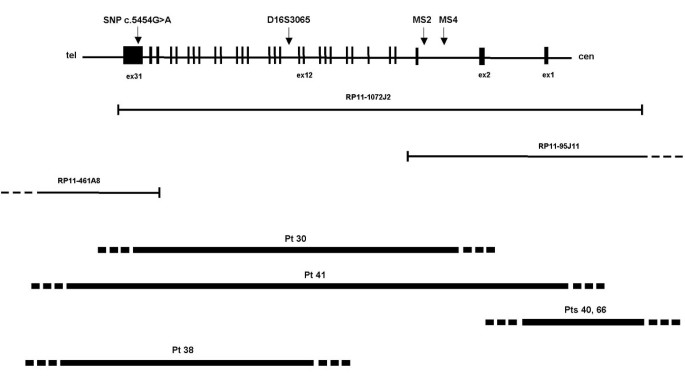
Rubinstein-Taybi Syndrome: spectrum of CREBBP mutations in Italian patients, BMC Medical Genetics
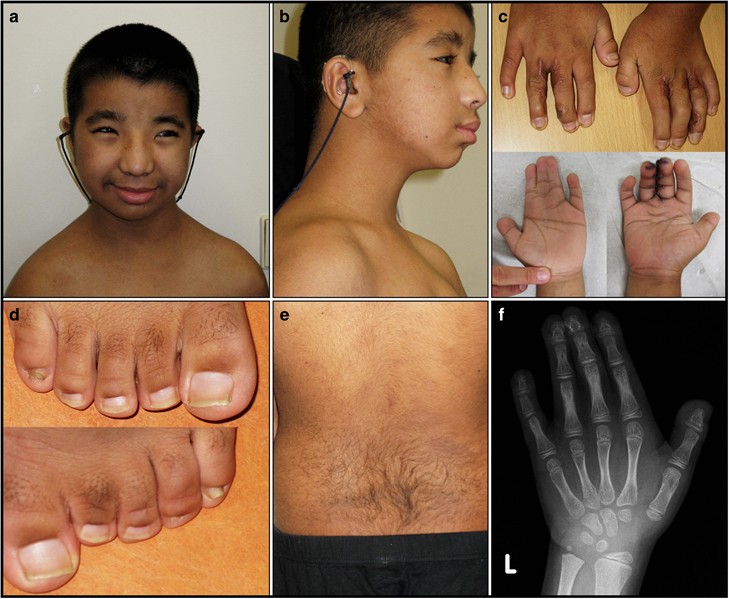
Mosaic CREBBP mutation causes overlapping clinical features of Rubinstein– Taybi and Filippi syndromes
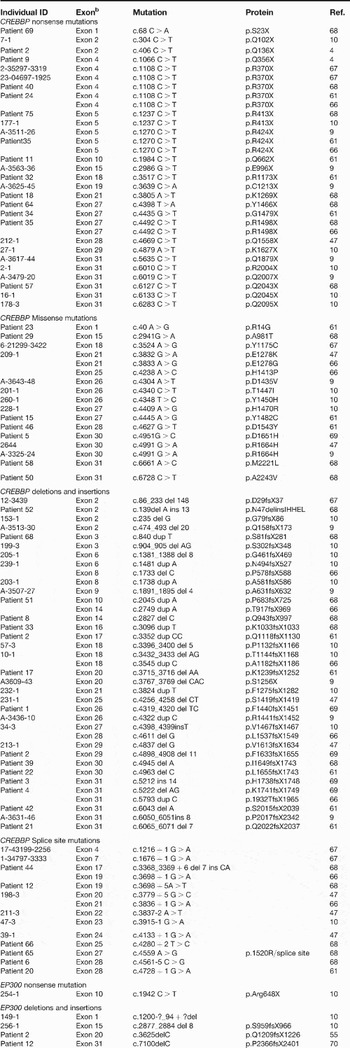
Rubinstein–Taybi syndrome: clinical and molecular overview, Expert Reviews in Molecular Medicine
Recomendado para você
-
 What Is Rubinstein-Taybi Syndrome? - StoryMD05 julho 2024
What Is Rubinstein-Taybi Syndrome? - StoryMD05 julho 2024 -
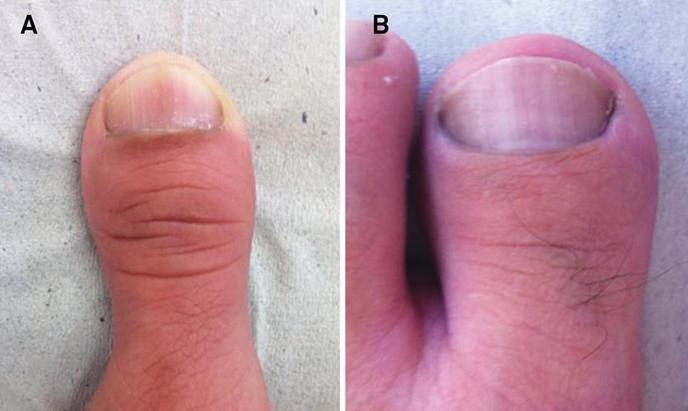 Forgotten Diseases Research Foundation05 julho 2024
Forgotten Diseases Research Foundation05 julho 2024 -
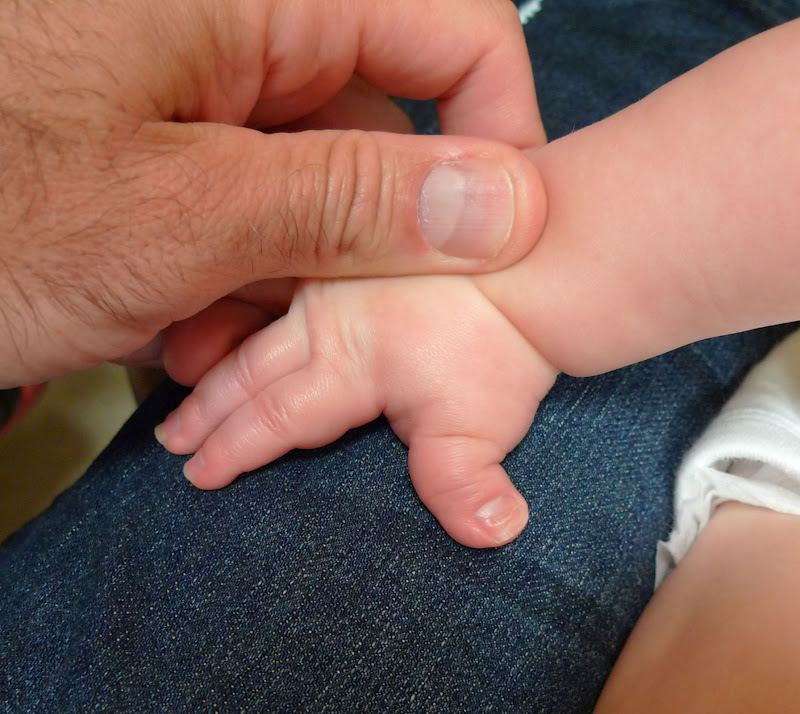 Rubinstein- Taybi Syndrome Congenital Hand and Arm Differences05 julho 2024
Rubinstein- Taybi Syndrome Congenital Hand and Arm Differences05 julho 2024 -
 4 Newborn with Rubinstein-Taybi syndrome showing microcephaly05 julho 2024
4 Newborn with Rubinstein-Taybi syndrome showing microcephaly05 julho 2024 -
 Anomalías y discapacidad, el síndrome de Rubinstein-Taybi05 julho 2024
Anomalías y discapacidad, el síndrome de Rubinstein-Taybi05 julho 2024 -
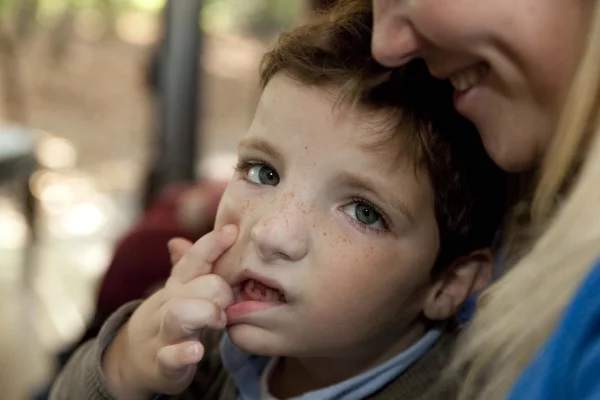 Síndrome de Rubinstein Taiby, una enfermedad rara conmemorada el 3 de julio - Internacional05 julho 2024
Síndrome de Rubinstein Taiby, una enfermedad rara conmemorada el 3 de julio - Internacional05 julho 2024 -
 Síndrome de Rubinstein-Taybi • Neuraxis05 julho 2024
Síndrome de Rubinstein-Taybi • Neuraxis05 julho 2024 -
 O que é síndrome de Rubinstein-Taybi? - Crianças Especiais05 julho 2024
O que é síndrome de Rubinstein-Taybi? - Crianças Especiais05 julho 2024 -
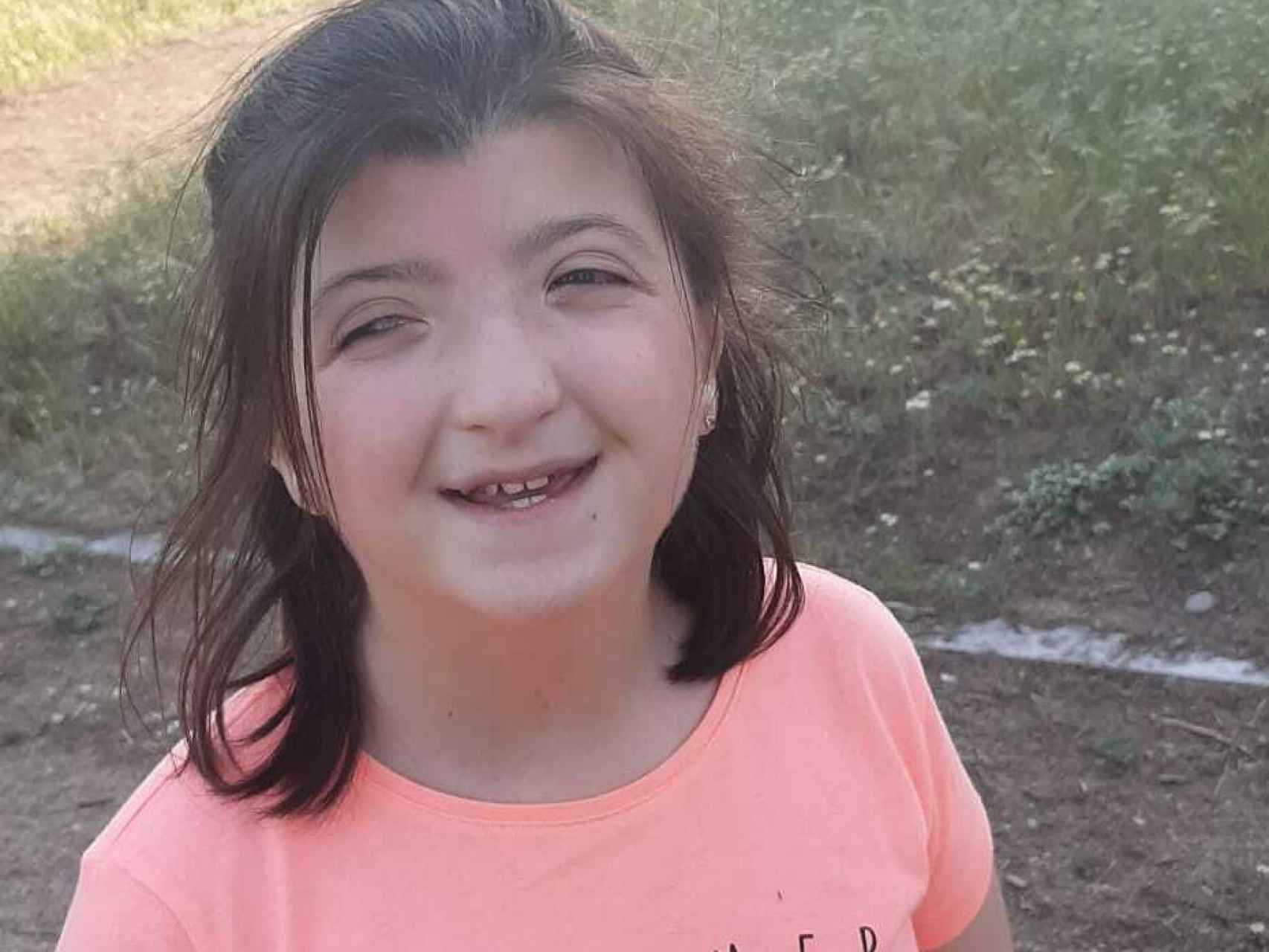 Lucía, la niña del 'síndrome de los pulgares anchos' y la sonrisa contagiosa05 julho 2024
Lucía, la niña del 'síndrome de los pulgares anchos' y la sonrisa contagiosa05 julho 2024 -
 Síndrome de Rubinstein Taybi05 julho 2024
Síndrome de Rubinstein Taybi05 julho 2024
você pode gostar
-
 Four Lessons I Learned from the Superheroes05 julho 2024
Four Lessons I Learned from the Superheroes05 julho 2024 -
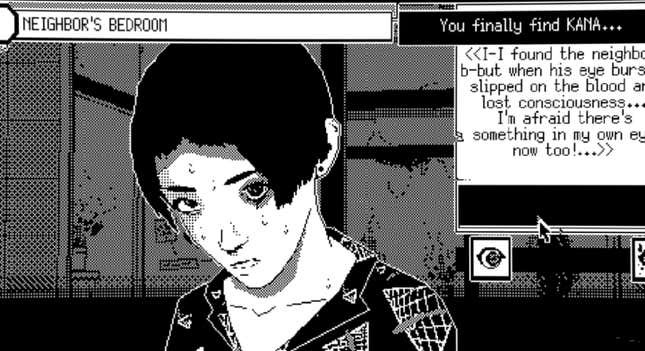 You've Never Played Anything Like This Junji Ito Horror Game05 julho 2024
You've Never Played Anything Like This Junji Ito Horror Game05 julho 2024 -
 The Outer Worlds Playstation 4 : Take 2 Interactive05 julho 2024
The Outer Worlds Playstation 4 : Take 2 Interactive05 julho 2024 -
 TOP 12 MELHORES JOGOS DE DRIFT PARA ANDROID (2022)!05 julho 2024
TOP 12 MELHORES JOGOS DE DRIFT PARA ANDROID (2022)!05 julho 2024 -
 Diablo show his power against Paladin Isekai Maou to Shoukan Shoujo no Dorei Majutsu S1E0905 julho 2024
Diablo show his power against Paladin Isekai Maou to Shoukan Shoujo no Dorei Majutsu S1E0905 julho 2024 -
 Anos Voldigoad / Maou Gakuin No Futekigousha - 1.005 julho 2024
Anos Voldigoad / Maou Gakuin No Futekigousha - 1.005 julho 2024 -
 Assistir Nanatsu no Maken ga Shihai suru Todos os episódios online.05 julho 2024
Assistir Nanatsu no Maken ga Shihai suru Todos os episódios online.05 julho 2024 -
 Blox Fruit Code Update 18 Release Date, Patch Notes – GamePlayerr05 julho 2024
Blox Fruit Code Update 18 Release Date, Patch Notes – GamePlayerr05 julho 2024 -
Illaoi vs renekton #fahgundiz #leagueoflegends #wildrift05 julho 2024
-
 ordem para assistir fate stay night05 julho 2024
ordem para assistir fate stay night05 julho 2024
